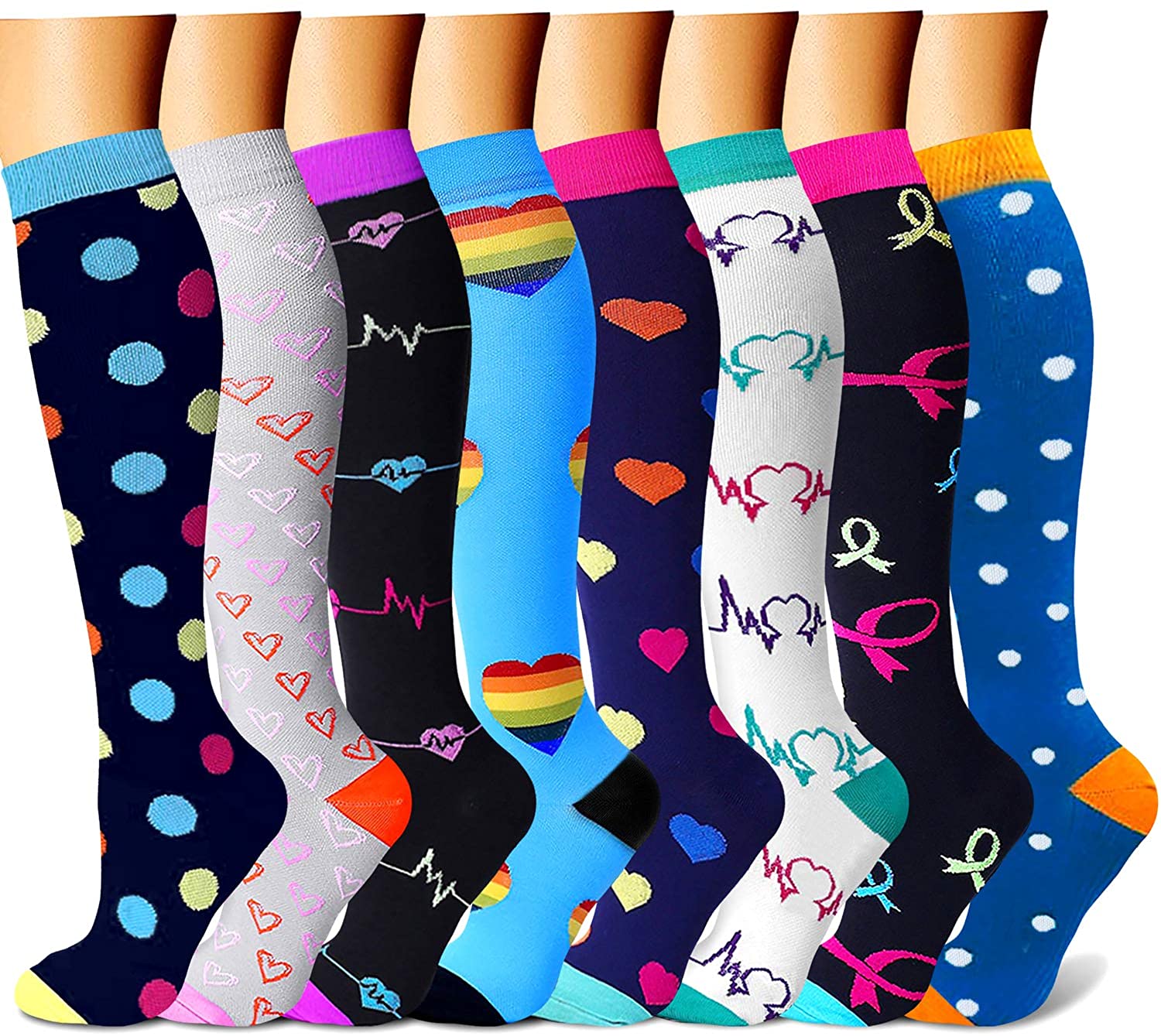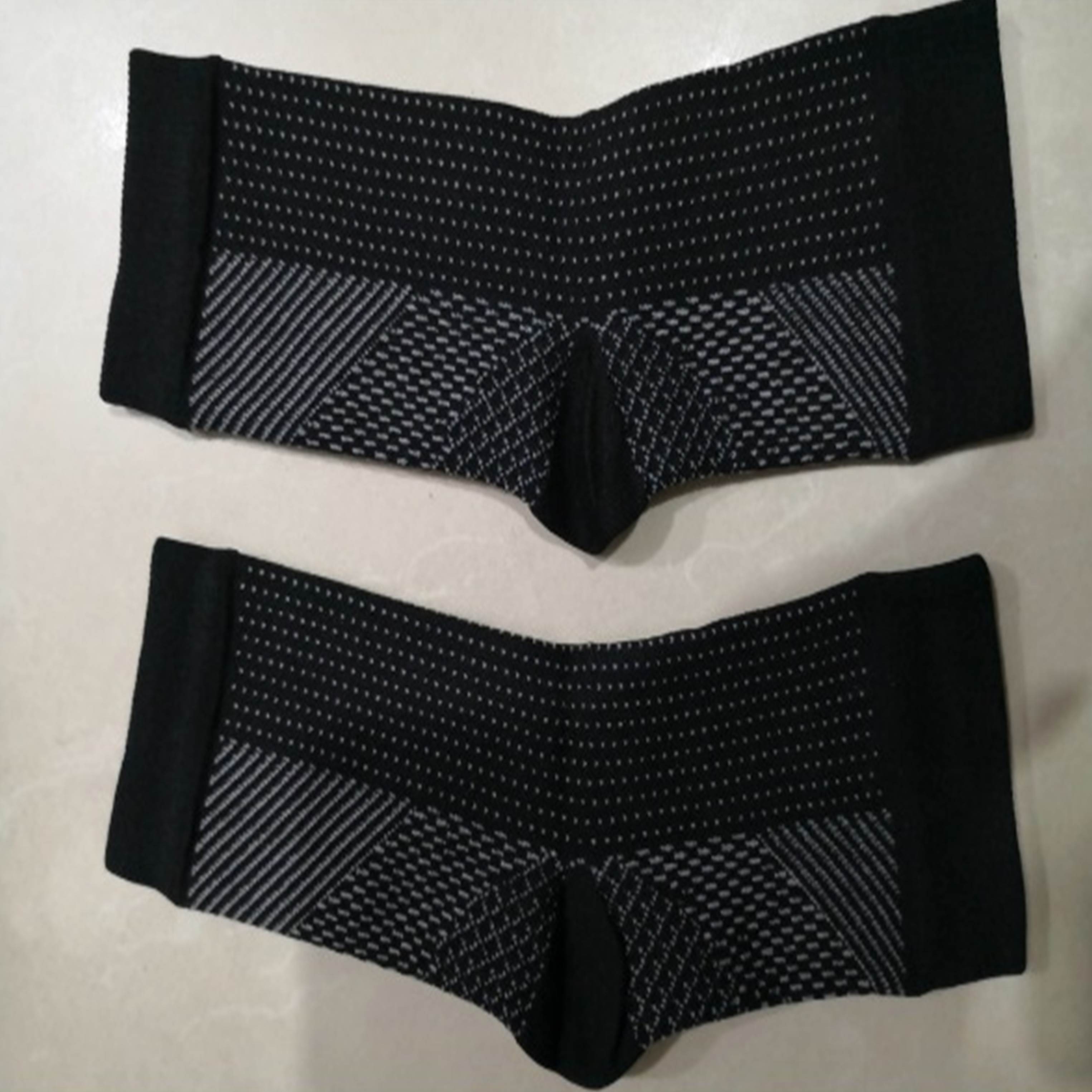

You can wear compression socks to bed, but know that there is no current medical or physiological evidence to support any benefit. So adding a sock is not going to give you any advantage … wearing a compression sock doesn't impact the physiology in a meaningful way, the way wearing the sock when you exercise or right after for recovery will impact the physiology.” “When you lay down and sleep, your veins are doing the same work but there is no gravity. This is because when you sleep, your venous pressure is zero since you are lying down, Derrick said. Since there is evidence that compression socks can aid in recovery, is there any benefit to wearing them when you sleep (which in itself is already a part of promoting health and performance)? The short answer from the experts: no. The squeeze can actually decrease circulation to the foot,” Kim said.

“People should check with their provider if they are concerned. Kim added that if someone has arterial insufficiency, or any condition that slows or completely stops blood flow through the arteries, compression socks can be detrimental to their health. This is especially important if you have vascular disease or any type of diabetes, which can cause high blood pressure and foot complications. Before buying over-the-counter compression socks, make sure to speak with a doctor. And in compression socks, this is classified by the pressure applied at the level of the ankle.Īccording to Derrick, medical-grade compression socks rate as 20-40 mmHg whereas a standard pair - or what an athlete would likely be using - is 15-20 mmHg. This number is used to measure the pressure in the blood vessels. A unit of pressure, mmHg is the reading that a blood pressure cuff gives on its gauge. Compression socks are graded in mmHg, or millimeters of mercury. A 2020 systematic review on compression socks and exercise performance noted that studies suggested compression socks lower muscle fatigue when worn after exercise.Ĭompression socks can either be medical grade (often recommended by a doctor) or standard. YS Robert Kim, M.D., F.A.C.S., and a vascular surgeon at Northwest Vein & Aesthetic Center, said that compression socks support vein health, prevent swelling and improve circulation. When worn for recovery after a workout, compression socks can help fatigued legs by getting blood to the foot faster. “It is going to hasten - or give it a boost - up to the heart so you have a return of that blood to be reoxygenated in the lungs more swiftly and pumped back out to the muscles.” “If you wear the compression sock when exercising, you are going to reduce the work,” Derrick said. She likened the circulatory system to an elevator, which is working harder when having to work against gravity to return blood from the foot up to the heart. While arteries deliver oxygenated blood to the muscles, veins are responsible for returning that blood to the heart to be recirculated throughout the body. This positive effect was also suggested in the results of a small-scale study on male basketball players, published in a 2020 issue of the Journal of Sport and Health Science, which concluded that markers of “muscle blood flow, and muscle oxygenation are increased with sports compression garments.”ĭerrick said that in order to understand these benefits, it’s important to know that veins and arteries are different. When worn during exercise, compression socks can improve the flow of oxygenated blood throughout the body, which can result in more muscular energy and stamina, Derrick said. Though, in order for compression socks to provide physiological benefits, the sock must extend from the ball of your foot to mid-calf (covering the foot and ankle), said Ellen Derrick, M.D., MP.H., F.A.C.S., F.S.V.S., a vascular surgeon and founder of BoxBar Vascular. From an athletic standpoint, these special sleeves or socks can be worn to increase blood flow in the arms, legs or knees while running.


 0 kommentar(er)
0 kommentar(er)
